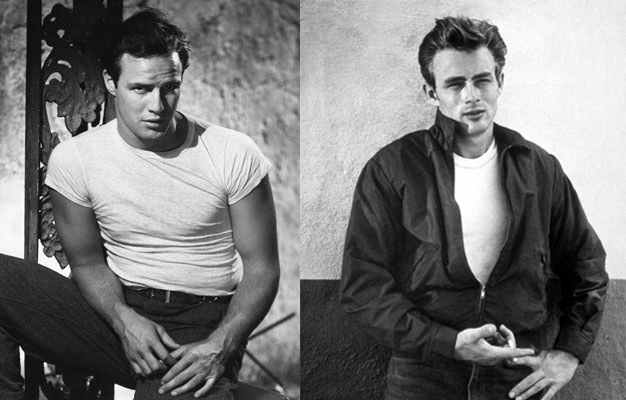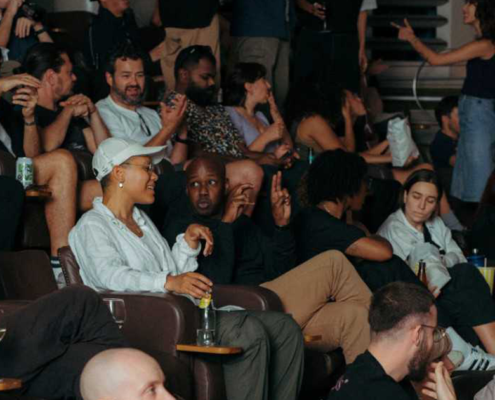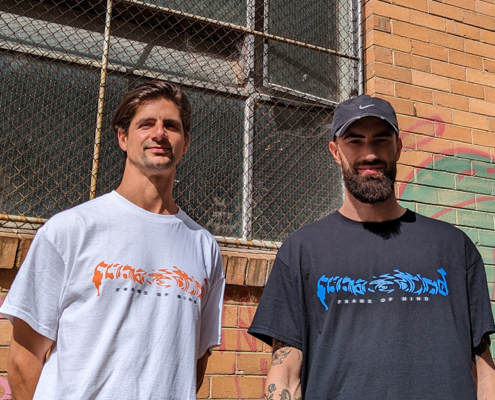Here at The Print Bar, we love to shine light on the custom prints that make each tee unique. With endless variations and designs being applied to the humble t-shirt, it’s hard to believe that this wardrobe staple was once only worn as underwear. Akin to its partner in crime, the denim jean, the t-shirt has ascended over the past seventy years from a modest male undergarment to a unisex, sartorial staple.
The first t-shirts originated sometime between 1898 and 1913, when the U.S. Navy began issuing them during the American Spanish War as undershirts. After they were also adopted by the Army, recruits began commonly wearing them with their uniform trousers as casual dress. Farmers, dockworkers, miners and construction workers soon followed suit, preferring to wear the lightweight fabric in hotter conditions where modesty required the torso to be covered.
Finally, in the 1950’s, the popularity of the t-shirt skyrocketed after Marlon Brando iconically wore one in the film A Streetcar Named Desire (1951). The costume designer for Streetcar, Lucinda Ballard, clothed a young Brando in weathered Levi’s 501s and a t-shirt, suggesting a nudity too taboo to display in film at the time. Further popularising the tee as an outerwear garment, while symbolising teenage rebellion, was James Dean’s look in Rebel Without A Cause (1955).
As Vogue’s Laird Borrelli-Persson aptly describes the t-shirt; “Its very plainness leaves room for self-invention, the root of the American dream.” Together, Brando and Dean embodied this reverie, nailing the essence of coolness to what was formerly a piece of underwear and giving it cult fashion status. This was just the beginning of the rise in cultural significance of the tee, ultimately becoming a blank screen to project our individual identity.
If you’re looking to channel this iconic 50’s style, we recommend the slim fit Paper tee by AS Colour.











